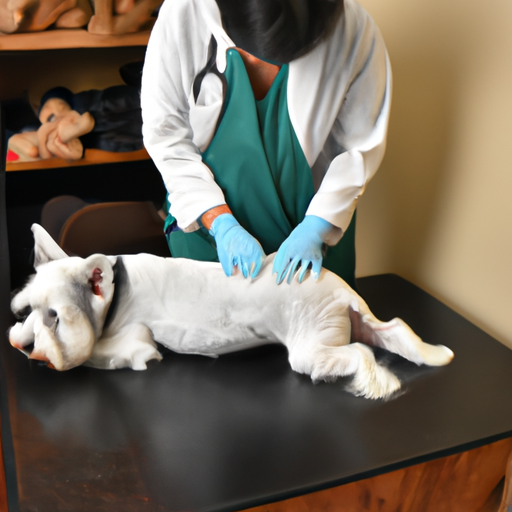Understanding Your Dog’s Anal Glands
Hello, dog lovers! You might have noticed your dog scooting across the floor, or persistently licking their bottom. These are signs that your furry friend is suffering from anal gland issues. Dogs have two small glands located on either side of their anus. These glands secrete a smelly, oily substance that marks their feces as their own. Sometimes, these glands can become clogged or infected, leading to discomfort for your pup.
Why Do Dogs Need Help With Their Anal Glands?
You might wonder why dogs can’t deal with this issue themselves. Well, in the wild, dogs’ diets are rougher, which helps to naturally express these glands. But our domesticated friends often have softer diets, which means sometimes, they need a little help. If left untreated, anal gland issues can result in serious health problems, including abscesses or severe infections.
How to Safely Express Your Dog’s Anal Glands at Home
Before we delve into this, it’s important to note that you should consult with your vet first. Not all dogs need their anal glands expressed, and doing so improperly can cause harm.
- Prepare Your Supplies: You will need disposable gloves, a warm wet cloth, and a towel.
- Position Your Dog: Ideally, your dog should be standing up. You may need a helper to keep them still.
- Locate the Glands: The glands are located at about 4 and 8 o’clock positions if you imagine your dog’s anus as a clock.
- Express the Glands: Gently squeeze upwards, towards the anus. If done correctly, a small amount of oily substance should be expelled.
| Steps | Description |
|---|---|
| 1 | Prepare Your Supplies |
| 2 | Position Your Dog |
| 3 | Locate the Glands |
| 4 | Express the Glands |
Preventing Future Anal Gland Issues
Prevention is always better than cure. Here are some ways you can help prevent future issues:
- Diet: A high-fiber diet can help make your dog’s stool firmer, thereby naturally expressing the glands.
- Exercise: Regular exercise helps maintain healthy bowel movements.
- Regular Vet Check-ups: Your vet can monitor your dog’s anal glands during regular check-ups.
When to Seek Professional Help
If you’re not comfortable expressing your dog’s anal glands, or if your dog shows signs of severe discomfort, it’s time to seek professional help. Vets and professional groomers are trained in this procedure and can perform it safely.
FAQs
Q: How often should I express my dog’s anal glands?
A: Only when necessary. Over expressing can lead to problems. Consult your vet.
Q: Can all breeds of dogs have anal gland issues?
A: Yes, all breeds can suffer from this, but small dogs are more prone.
Q: Is anal gland expression painful for my dog?
A: It can be uncomfortable, but should not be painful. If your dog is in pain, see a vet immediately.
Q: Can I prevent anal gland issues?
A: Yes, a healthy diet and regular exercise can help prevent these issues.
Q: Should I express my dog’s anal glands myself?
A: Only if you’re comfortable and have been shown the correct technique by a professional. Otherwise, seek professional help.



